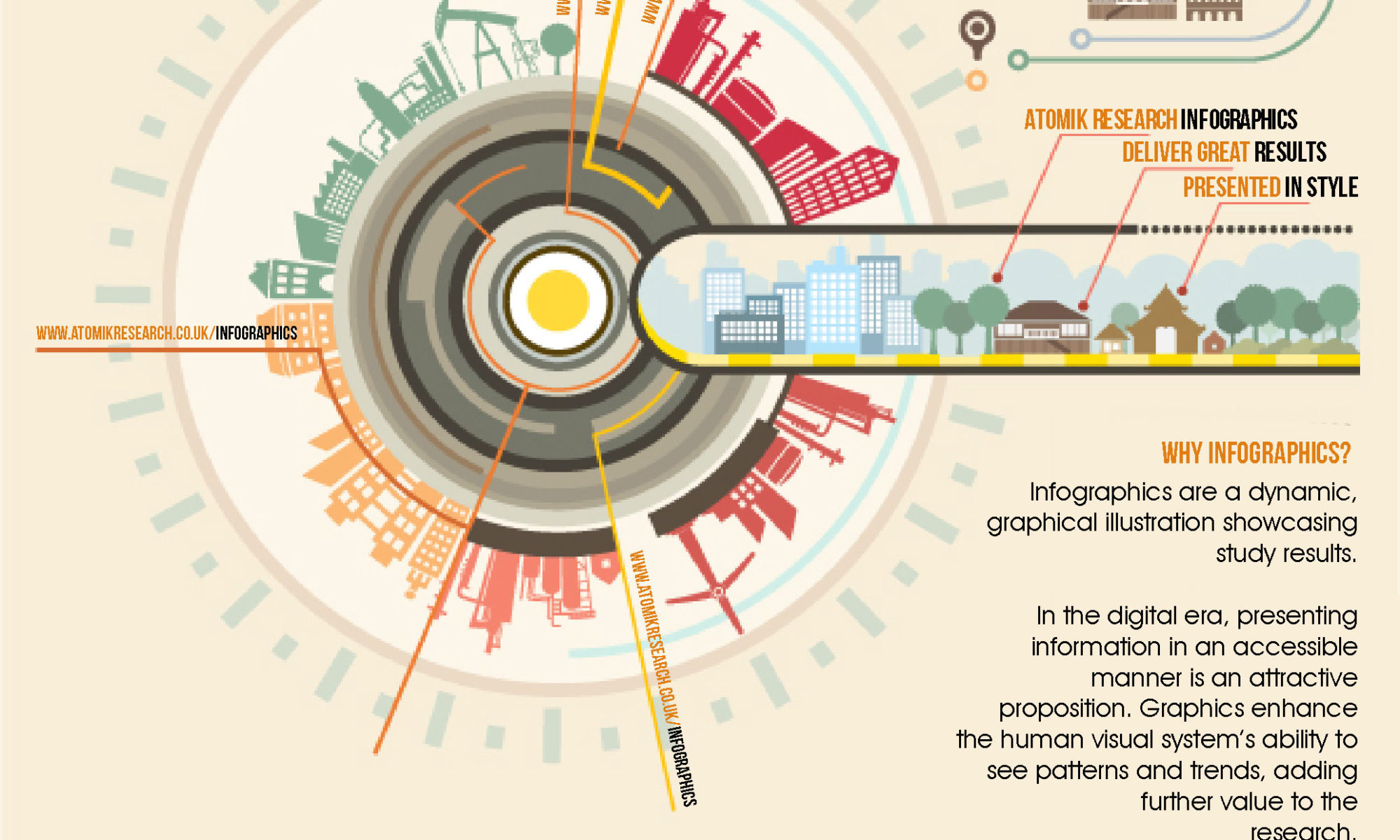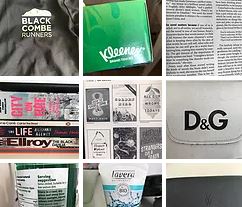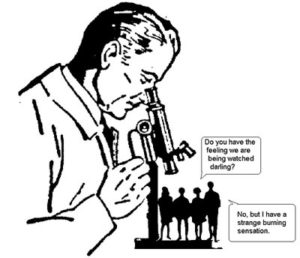This week’s SOCRMx activity activity is as follows:
- Visit the UK Data Service database of these essays, and read a number of them (ideally between 6-10). Make some notes about what you notice about the content, use of language, or other features of these essays, and where there are similarities and differences between them that you find interesting.
- Write a blog post, consider each these of the following three questions in turn:






